Apple to replace water-damaged iPhones for $199
According to ifoAppleStore, the new policy pertains to out-of-warranty incidents that would normally require the purchase of a new phone, but does so at the expense of triggering an extention of the owner’s two-year AT&T wireless service contract.
Customers who trade-in their water damaged phones will be given a factory refurbished model — not a new iPhone — and can then transfer the SIM card from their damaged handset into the refurbished device.
Apple began including liquid submersion indicators, or LSIs, in its portable products around the time it introduced its first iPhone. They irreversibly change color once they come in contact with a liquid, thereby offering the company's retail store staff and authorized repair specialists an easy way to determine if a customer caused damage to their product with liquids — incidents that aren't covered under Apple's standard warranties.
The iPhone 3G has four LSIs, one in the headset jack, one in the dock connector, and two others located internally. Similarly, both the 13-inch unibody MacBook and unibody MacBook Pros each contain four LSIs spread across their inner chassis, diagrams of which can be seen here.
An LSI on the first-gen iPhone can be seen as the white material inside the headphone jack.
ifo speculates that Apple's policy change on water-damaged iPhones could be a means of clearing out inventory of the current iPhone 3G ahead of new models expected this summer. However, an informed commenter points out that it's more likely an easing of general policy given that offer is valid for first-generation iPhones and costs $199 regardless of the generation or capacity of the iPhone.
 Slash Lane
Slash Lane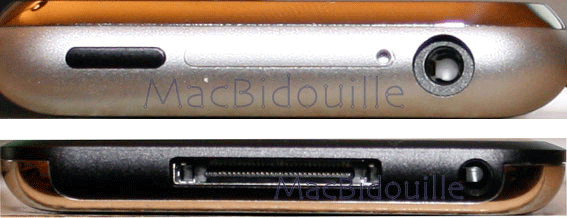

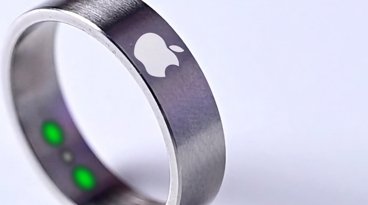
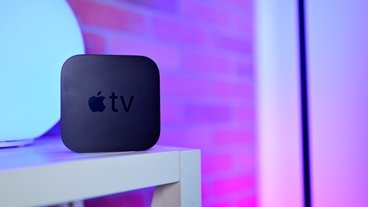

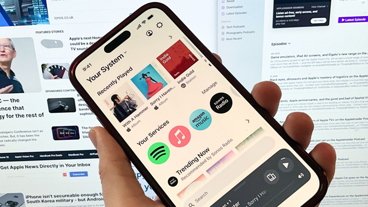

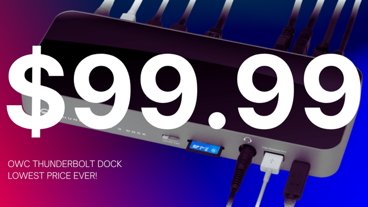
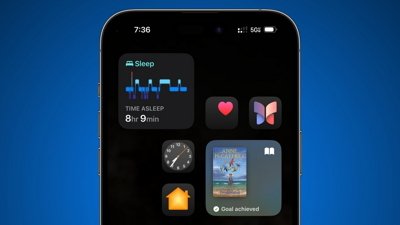
 Amber Neely
Amber Neely
 Thomas Sibilly
Thomas Sibilly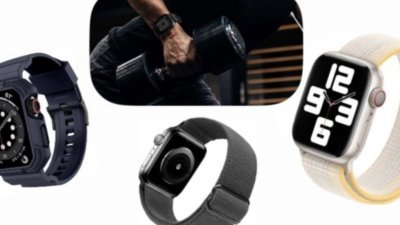
 AppleInsider Staff
AppleInsider Staff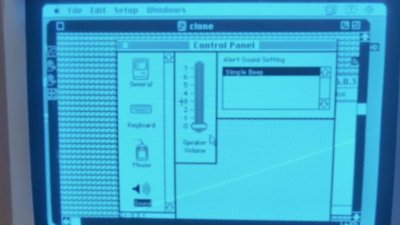
 William Gallagher
William Gallagher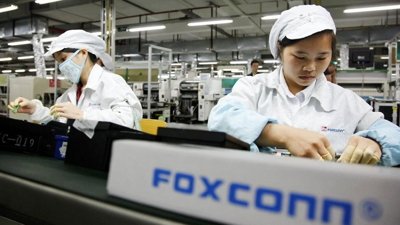
 Malcolm Owen
Malcolm Owen
 Christine McKee
Christine McKee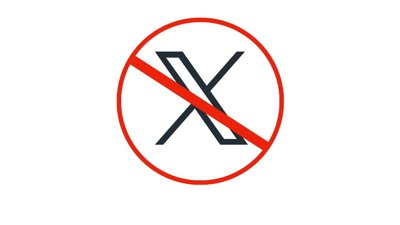
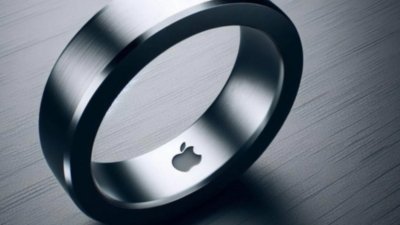

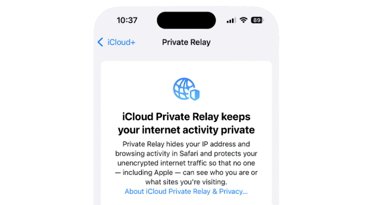

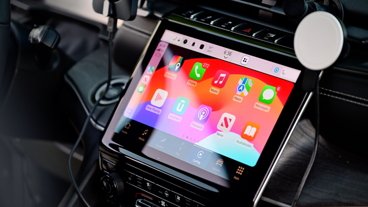
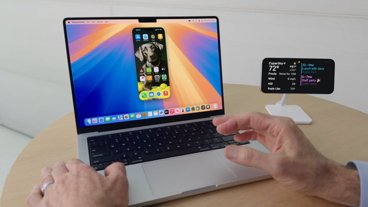
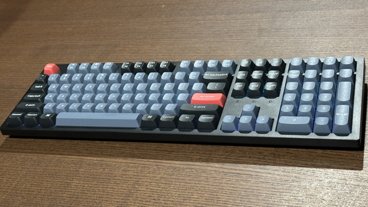
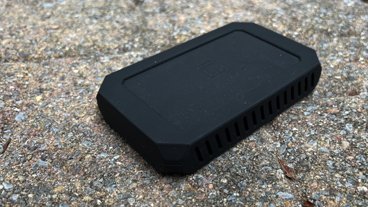
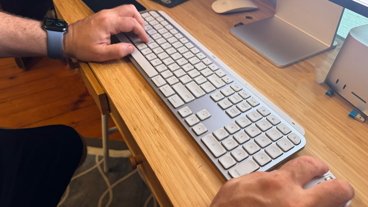

44 Comments
People everywhere who have accidentally dropped their iPhone into a toilet (myself not included) will be very thankful.
Well, that's a nice gesture I suppose.
I have a 1st gen iPhone, and I'd like to upgrade without extending my contract... without destroying my phone, why wouldn't I be able to trade in my iPhone for a refurbished 3G model with no contract extension?
Though amusing, the lede sentence is misleading: "Careless iPhone owners who've submerged their handsets in some form of liquid can now take Apple up on an unadvertised policy that offers replacements for a flat fee of $199."
It doesn't take submerging to void your warranty. A single ill-guided raindrop will do the job (the sensors are practically on the outside of the phone!), as will condensation common in humid climates where, say, you often walk from air-conditioned rooms into humid warm air. The sensors produce a very high percentage of false-positives, but how can you prove that to Apple? Everyone says, But I didn't spill anything on it.
Everything and anything to get that market share back from RIM!